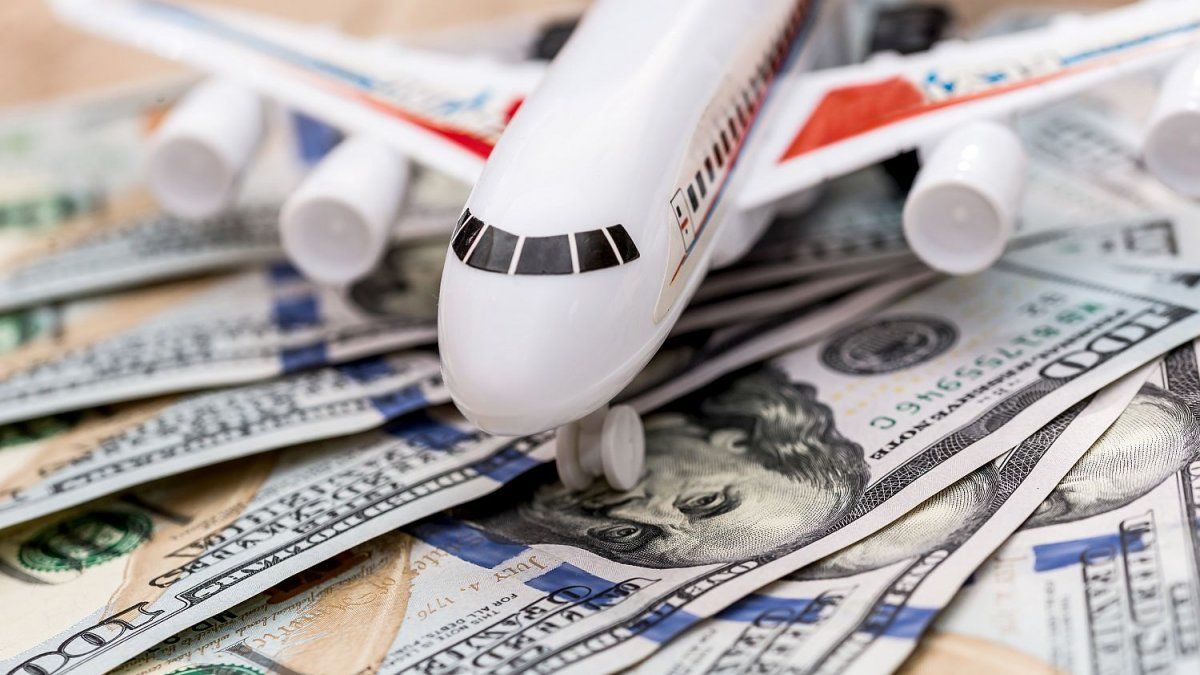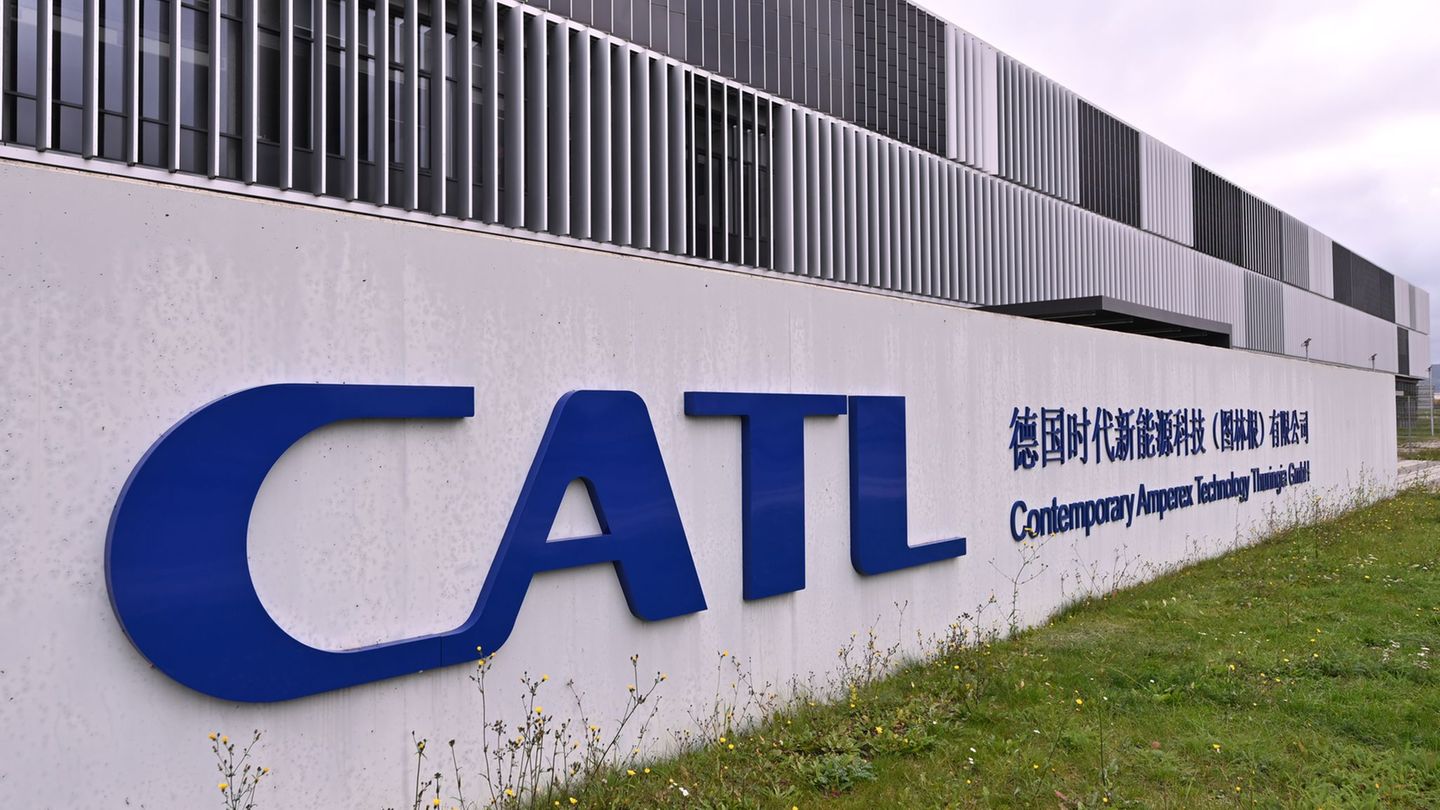In the midst of the market’s renewed optimism about the progress of the Government’s plan, one of the aspects that has not yet convinced is the maintenance of the exchange table and the tendency to appreciation. He growth in the outflow of foreign currency from tourism of Argentines abroadwhich is corroborated month after month and which promises to continue rising under these conditions, is manifested in a new record: in the last few days, The stock of consumer loans in dollars with credit cards reached its highest level since June 2018.
According to the figures from the daily series published (with some lag wheels) by the Central Bank, Financing in dollars with credit cards rose to $577 million on October 25. It is about the highest level since June 1, 2018when the stock stood at US$590 million, although in March of that year a downward staircase had begun in the prelude to the bullfight and the devaluation that began the crisis of Mauricio Macri’s government.
The coincidence between both moments is the appreciation of the real exchange rate. The rise in Argentina’s price in dollars encourages those who still have savings capacity to travel or buy abroad. This drives the drain of foreign currency due to the tourist balance and the taking of credit cards for consumption outside the country.
image.png
Dollar: the exchange anchor and appreciation
The policy of exchange anchor of Javier Milei and Luis Caputo It is one of the keys to the plan to try to extend the slowdown in inflation. The BCRA table that marks a monthly increase in the official dollar of 2% each month was a constant after the mega devaluation of December. Since then, the appreciation was so important that, Today, the multilateral real exchange rate (TCRM) is already lower than the November 2023 averagethe month before the presidential change, as told Scope.
The TCRM is an indicator published daily by the Central. It measures the relative price of goods and services of the Argentine economy with respect to those of the country’s 12 main trading partners, based on the flow of manufacturing trade. It is influenced by the appreciation or depreciation of the peso against the dollar and other currencies, and by inflation in both Argentina and the other countries in question.
The BCRA reported that On Wednesday, October 30, the real multilateral exchange rate stood at 82.19 points. Thus, it has already pierced the average level of November 2023 (83.2) and was on the verge of reaching the 81.5 points it had on December 7, the last business day of Alberto Fernández’s mandate. To measure the appreciation registered throughout the year, after the exchange rate jump of 118% in a single day decided by Milei and Caputo, on December 14 the TCRM had climbed to 162.2 points. A mega devaluation whose exchange competitiveness has already finished liquefying to the rhythm of an exchange rate table that was always below inflation and that coexisted with the devaluation of some of the main trading partners, such as Brazil.
Dollars, tourism and pressure on the current account
The consultant 1816 noted in a report that this growth in consumer loans in dollars with credit cards to levels not seen in more than six years “anticipates that “The current account deficit, which has already accumulated four months in a row, could extend and is a flow that must be taken into account for the coming semesters.”. And he pointed out that, towards 2027, it is expected that greater energy exports will allow the macro to support “without major problems the greater outflow of foreign currency due to imports of goods and services.” Of course that is missing.
The economist Hamilcar Collante He also noted this fact and pointed out that advance a very strong tourism deficit between December 2024 and February 2025. In fact, the trend has been increasing in recent months: days ago, the BCRA reported that In September the deficit in the exchange balance of services was US$650 millionthe highest level of the Milei era. That red was generated mainly by the trips of Argentine residents abroad (US$594 million).
image.png

“The exchange rate delay will continue to drive the deficit in the tourism balance, which will keep the current account in negative territory.”. The income from laundering, which was extended until October 31, could partially compensate for this situation, to the extent that the dollars retained by the banks are sent to the BCRA (potentially there are some US$10 billion not sent),” he considered. the LCG consulting.
Yet, Despite these pressure factors on the exchange rate scheme, The market began to buy Caputo’s roadmap with greater conviction. Based on the large flow of foreign currency provided by the laundering and recycling of part of those dollars via credit in foreign currency to companies, “doubts regarding the payment capacity of the bonds in 2025 decreased and that naturally boosted prices” and narrowed the gap, stated 1816.
For the moment, however, the prices of financial assets reflect a greater expectation that the Government will extend the exchange rate table and inflation will extend the deceleration. The big question about this macro scheme involves reserves: the BCRA’s net holdings remain in negative territory and a significant recovery appears difficult.
Source: Ambito




